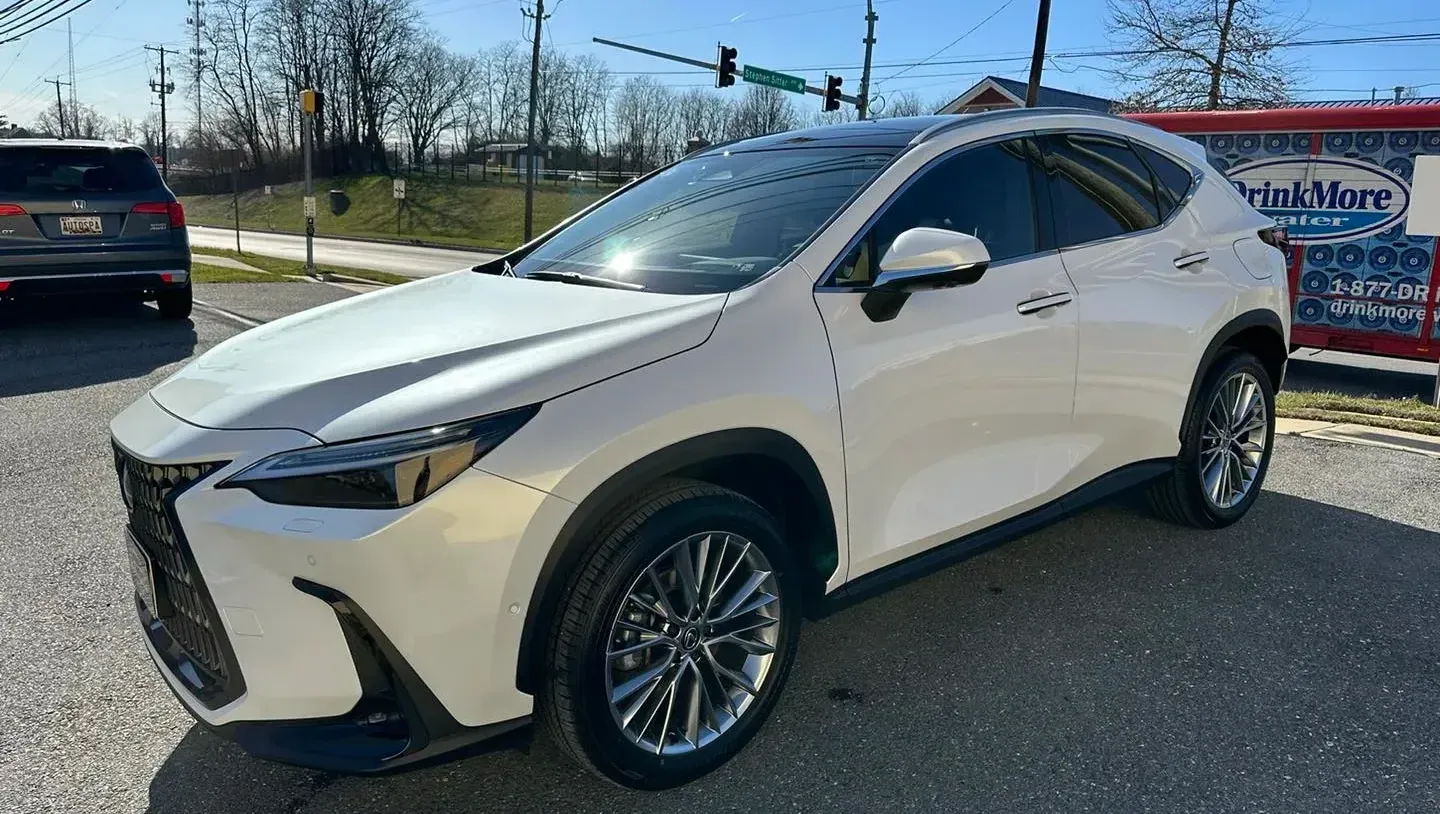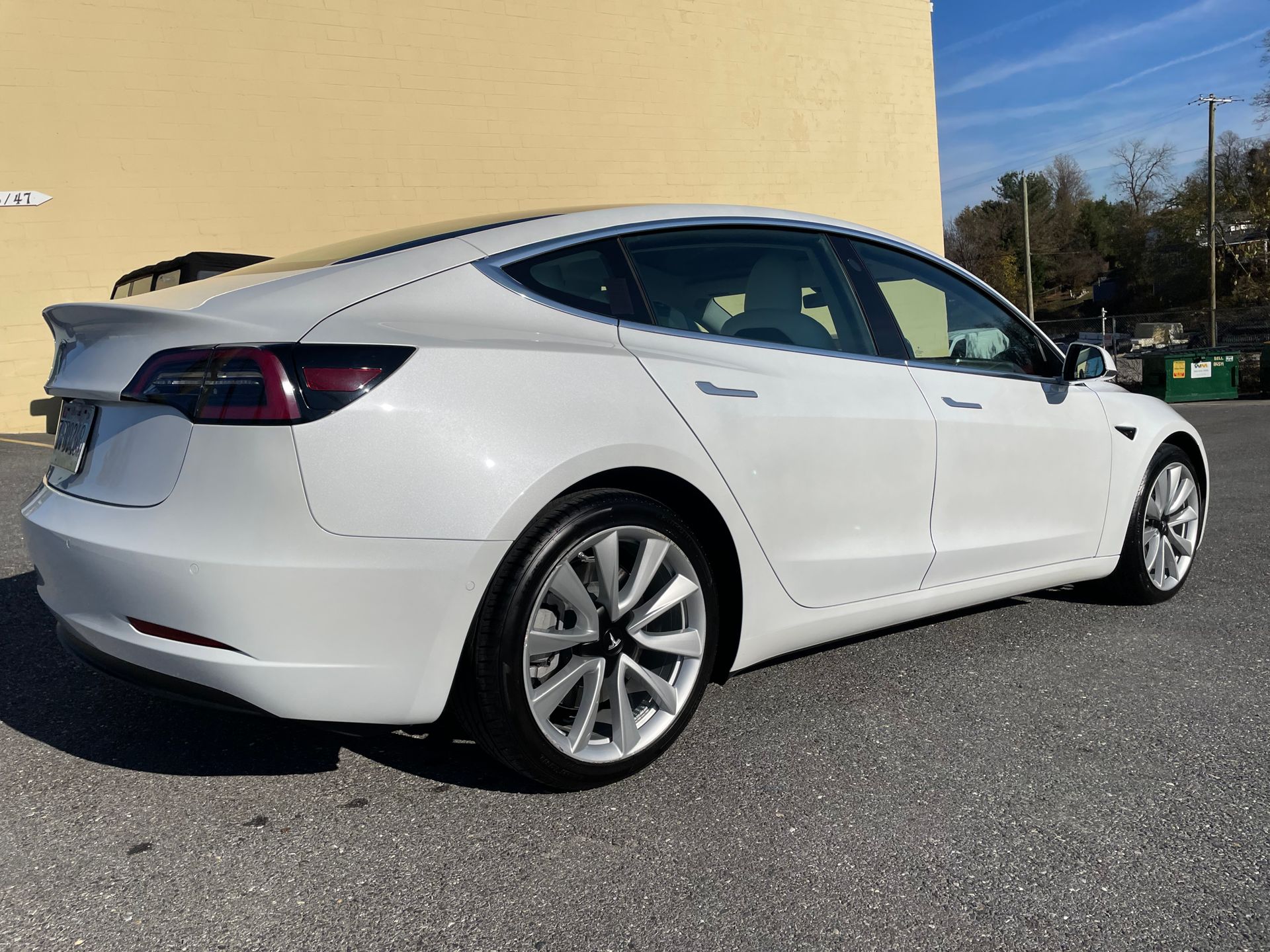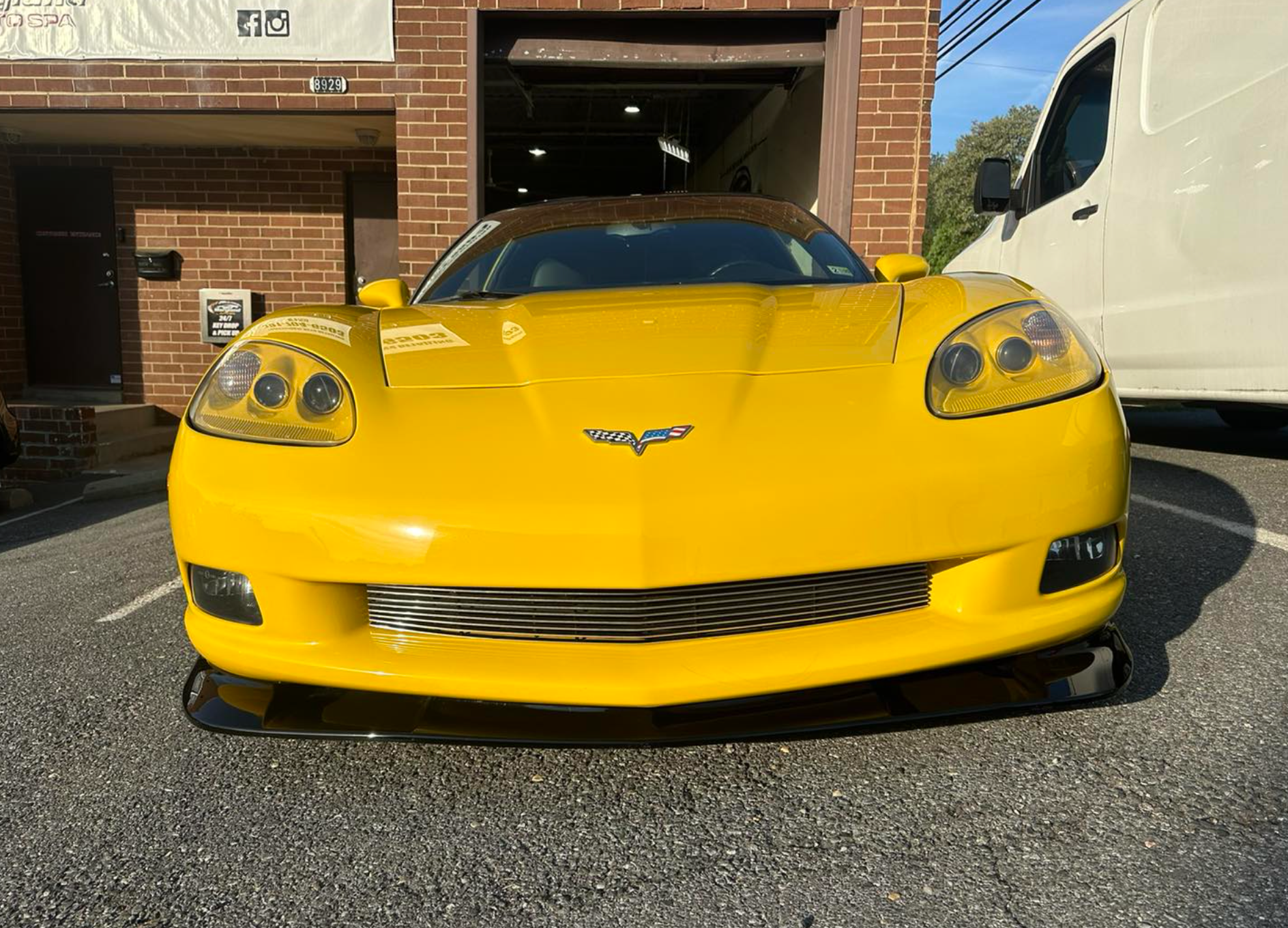Mastering Car Detail Paint Correction: Expert Tips and Techniques
SCHEDULE ONLINE GET A FREE ESTIMATEGet ready to unlock the secret to a flawless car exterior with our expert guide on paint correction. In the fast-paced world of automotive care, a dream car isn't about just engine power or plush interiors; it's also about pristine exteriors. And when dingy scratches curb your vehicle's charm, that's where paint correction comes in.
Strap in, as we at
Maryland Auto Spa—whether novice enthusiast or seasoned pro—bring you into our universe of auto detailing and teach you the ins-and-outs of mastering car detail paint correction. We will reveal how inventive finesse can transform an ordinary ride into an extraordinary visual treat. Say goodbye to dullness and welcome brilliance akin to a mirror finish!
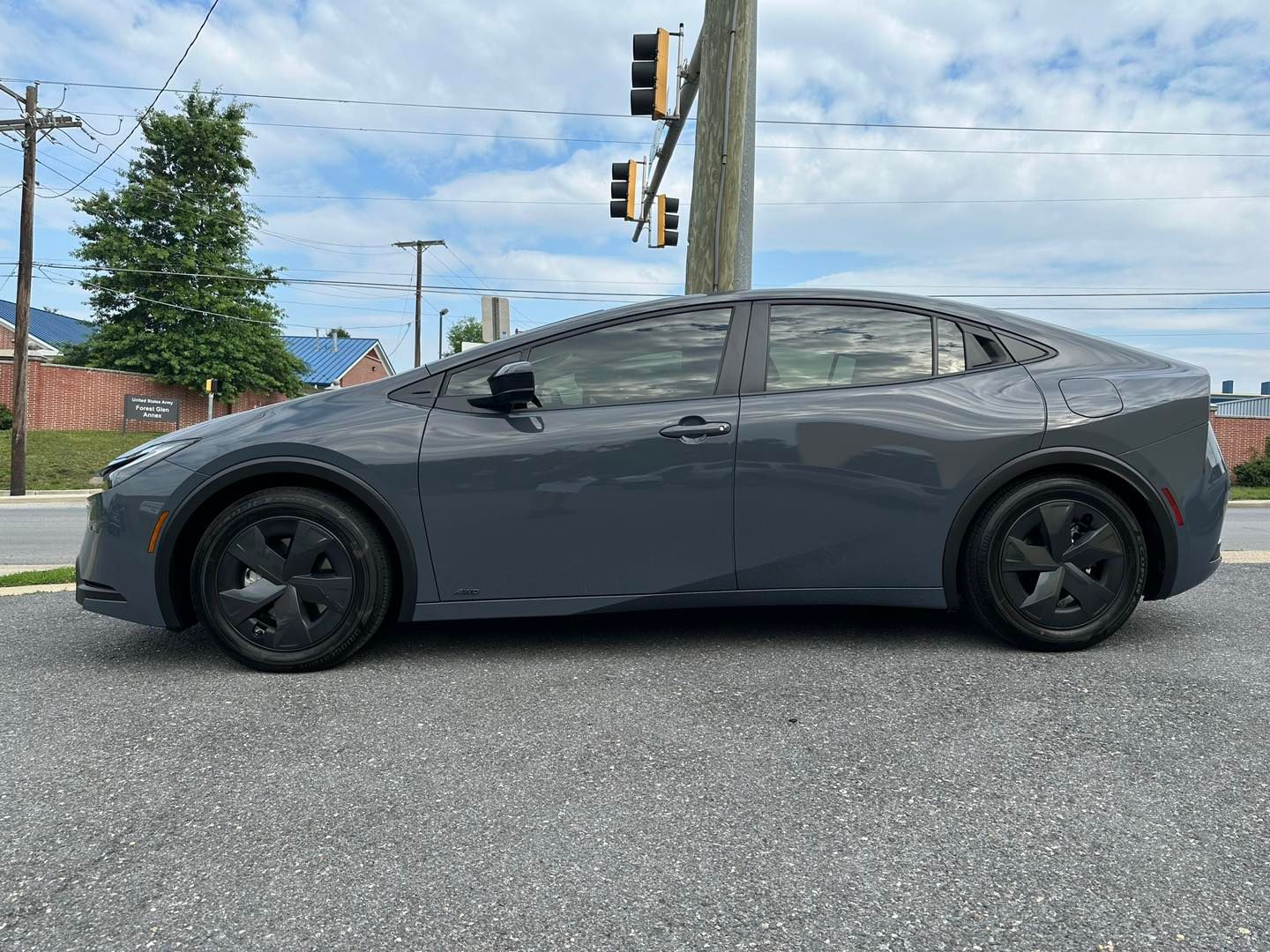
Paint Correction Process
Paint correction is a meticulous and intricate process that aims to restore the paintwork of a vehicle to its original, showroom-quality condition. It involves the removal of imperfections such as swirl marks, light scratches, oxidation, and other paint defects through various techniques and tools. At Maryland Auto Spa, our expert technicians follow a step-by-step approach to ensure exceptional results in every paint correction job.
The first step in the paint correction process is a thorough inspection of the vehicle's paintwork. This helps identify the extent of damage and determine the appropriate course of action. The technician examines the surface under different lighting conditions to detect imperfections that may not be visible to the naked eye.
Once the inspection is complete, the technician prepares the vehicle for correction by thoroughly washing and decontaminating the exterior. This removes any dirt, grime, or contaminants that could interfere with the correction process.
Next comes the actual correction phase, where the technician uses specialized tools like dual-action polishers and abrasive compounds to remove surface imperfections. The level of correction required depends on factors such as paint depth, severity of defects, and desired outcome. The technician carefully selects suitable polishing pads and compounds based on these factors to achieve optimal results without causing any additional damage.
During the correction process, multiple polishing passes may be necessary to gradually refine the finish and eliminate defects. Each pass removes a thin layer of clear coat, revealing a smoother surface beneath. This step requires skill, precision, and patience to avoid over-correcting or burning through the clear coat.
Once the desired level of correction is achieved, a final inspection is conducted to ensure that all defects have been effectively addressed. The technician examines the paintwork under different lighting conditions to verify its flawless appearance.
To protect and preserve the corrected finish, a high-quality sealant or coating is applied. This provides long-lasting protection against UV rays and environmental contaminants and maintains the enhanced gloss achieved during correction.
Paint correction is a meticulous process that demands expertise and attention to detail. Our technicians at Maryland Auto Spa are highly trained and experienced in mastering the art of paint correction. We take pride in delivering exceptional results and exceeding customer expectations.
Understanding Paint Correction
Understanding the concept of paint correction is crucial for every vehicle owner who wants to maintain their car's appearance at its best. Paint correction involves the removal of imperfections in a vehicle's paintwork to restore it to its original factory condition. These imperfections can include swirl marks, scratches, oxidation, holograms, and other defects that make the paint look dull or damaged.
Paint correction should not be confused with simply applying wax or sealant to a vehicle's surface. While waxing and sealing provide temporary protection and some enhancement of the appearance, they do not address existing defects in the paintwork.
The key to successful paint correction lies in carefully removing thin layers of clear coat to eliminate imperfections without compromising the overall integrity of the paint. This requires specialized tools, techniques, and an understanding of different paint types and their characteristics.
It's important to note that paint correction is not a one-size-fits-all process. The level of correction required depends on factors such as the depth of scratches, severity of imperfections, age of the paint, and overall condition of the vehicle. Experienced technicians like those at Maryland Auto Spa know how to assess these factors and tailor their approach accordingly.
One common misconception about paint correction is that it is a permanent solution to all paint defects. While it can drastically improve the appearance of a vehicle's paintwork, some deep scratches or damages may require more extensive repair or repainting.
For example, if a car has severe, deep scratches that have penetrated through multiple layers of clear coat and into the basecoat or primer layer, paint correction alone may not be sufficient to completely remove these damages. In such cases, touch-up paint or more extensive repair work may be necessary.
Understanding the limitations of paint correction helps manage expectations and ensures that vehicle owners make informed decisions about the best course of action for their specific paintwork needs.
Step-by-Step Paint Correction Guide
Paint correction is a meticulous process that aims to restore the beauty and shine of a vehicle's paint finish. To master the art of paint correction, it is important to follow a step-by-step guide that ensures optimal results. Here is a comprehensive breakdown of the paint correction process:
- Inspection: Start by thoroughly inspecting the vehicle's paintwork to identify imperfections such as scratches, swirl marks, oxidation, and water spots. This step helps in assessing the extent of correction required.
- Wash and Decontamination: Before beginning any paint correction work, it is crucial to wash the car thoroughly using pH-neutral shampoo and a high-quality microfiber wash mitt. This removes dirt and debris from the surface. Next, decontaminate the paint by using a clay bar or iron fallout remover to eliminate embedded contaminants.
- Paint Thickness Measurement: Utilize a paint thickness gauge to measure the thickness of the clear coat on various panels. This information helps determine how aggressive or gentle you can be during the correction process.
- Test Spot: Before working on the entire vehicle, perform a test spot on an inconspicuous area to determine which products and techniques yield the best results without causing damage.
- Compound Correction: Begin the correction process by applying a suitable compound polish with a dual-action polisher or rotary buffer. Work in small sections, applying even pressure and overlapping each pass for uniform results. The compound effectively eliminates deeper scratches, swirl marks, and other blemishes.
- Polishing: Once the bulk of defects have been addressed through compounding, switch to a finer polish to refine the finish and remove any remaining haze or marring caused by aggressive compounding. Again, work in small sections and monitor progress regularly.
- Finishing Touches: Once satisfied with the polished surface, apply a fine finishing polish to further enhance gloss and clarity. This step adds depth to the paint and prepares it for protection.
- Paint Protection: After completing the paint correction process, it is crucial to protect the newly restored finish. Apply a layer of high-quality wax, sealant, or ceramic coating to provide long-lasting protection against environmental elements.
- Final Inspection: Take a final look at the entire vehicle to ensure that all corrections have been made successfully. Address any remaining imperfections as needed.
By following this step-by-step guide, you can achieve professional-grade paint correction results and bring out the true beauty of your vehicle's paintwork.
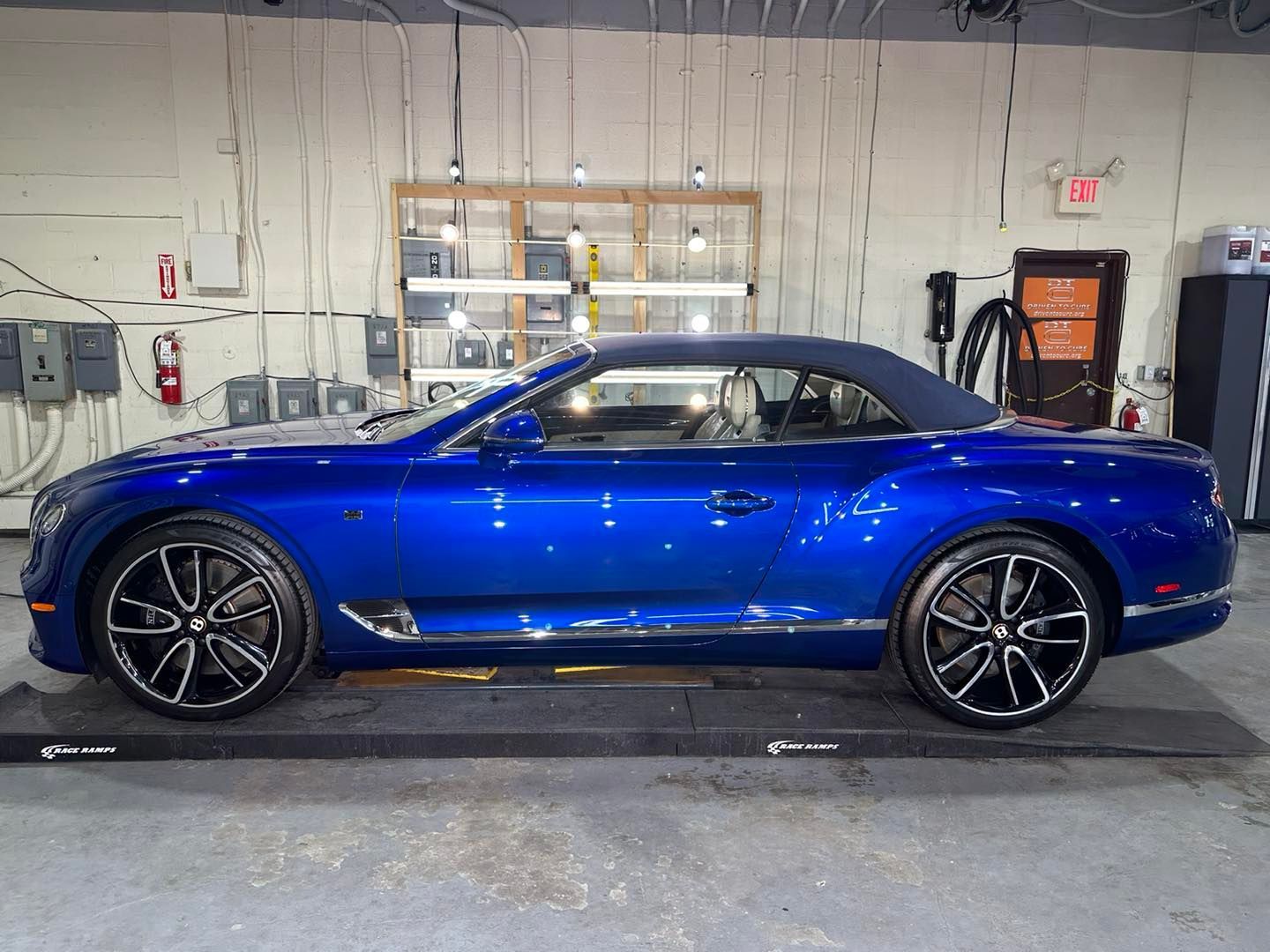
Tools for Effective Paint Correction
To achieve effective paint correction, you need the right tools in your arsenal. Here are some essential tools used by professionals for successful paint correction:
- Dual-Action Polisher: A dual-action polisher is a versatile tool that allows for controlled polishing and correction. It combines both rotary and orbital motions, reducing the risk of heat build-up and paint damage.
- Rotary Buffer: A rotary buffer is a powerful machine that utilizes circular motions to perform aggressive correction when dealing with severe defects on hard paints. It requires skill and experience to be used effectively.
- Backing Plates: Backing plates are essential attachments that secure polishing pads or foam discs to the machine polisher. These attachments come in different sizes and materials, allowing for flexibility in various correction tasks.
- Polishing Pads: Polishing pads come in different levels of firmness and composition, such as foam or microfiber. They are used to apply compounds and polishes to the paint surface during correction, ensuring even distribution and optimal results.
- Paint Thickness Gauge: A paint thickness gauge helps measure the depth of the clear coat before performing any correction work. This ensures that you don't remove more material than necessary during the process.
- Microfiber Towels: High-quality microfiber towels are essential for removing polish residue, buffing, and achieving a streak-free finish. They are gentle on the paint surface and minimize the risk of swirl marks or scratches.
- Masking Tape: Masking tape protects sensitive areas of the vehicle, such as trim, rubber seals, and plastic components, from accidentally coming into contact with polishing compounds.
- Lighting: Adequate lighting is crucial during the correction process to identify and analyze defects accurately. A combination of natural light, LED work lights, or halogen lights can provide optimal visibility.
- Paint Correction Compounds and Polishes: Invest in high-quality compounds and polishes suitable for various correction needs. Different paint systems may require different levels of abrasiveness to achieve the desired results effectively.
By utilizing these tools correctly and understanding their purpose, you can elevate your paint correction skills and achieve outstanding results when restoring your vehicle's paintwork.
Expert Paint Correction Techniques
Now that we have the necessary equipment at our disposal, it's time to dive into expert paint correction techniques. These tried-and-true methods will help you achieve professional-level results:
- Correcting imperfections: Start by thoroughly washing and decontaminating the vehicle's surface to remove any dirt, grime, or remnants of previous products. Then, using the appropriate polishing pad and compound combination based on the severity of defects, work in small sections at a time. Move the polisher in overlapping passes, applying moderate pressure to effectively break down and remove imperfections. Gradually refine your technique, adjusting speed settings and monitoring progress until the desired correction is achieved.
- Sanding as a last resort: In some cases where surface defects are too severe to be corrected through traditional polishing methods alone, wet sanding may be necessary. This involves gently abrading the painted surface with progressively finer grits of sandpaper while keeping it lubricated with plenty of water or a dedicated sanding solution. It's important to note that sanding should be approached with caution, as it has potential risks if not done properly. Ensure thorough research and practice before attempting this advanced technique.
- Finishing touches: After completing paint correction, it's crucial to refine the finish further through refining or jeweling steps. This involves using lighter polishing compounds and softer foam pads to enhance glossiness and remove any haze or marring left from previous correction steps.
- Protection and maintenance: To preserve the newfound clarity and beauty of your corrected paintwork, it's essential to protect it with a high-quality paint sealant or ceramic coating. These products provide long-lasting protection against UV rays and environmental contaminants and help maintain the restored finish. Regular maintenance, including gentle washing techniques and applying detailing sprays or sealants, will prolong the lifespan of your correction efforts.
By practicing these expert paint correction techniques while being mindful of the specific needs and condition of your vehicle's paintwork, you'll be able to achieve remarkable results that will make your car truly stand out.
Quality Products for Optimal Results
Using high-quality products is essential for achieving optimal results in car detail paint correction. Maryland Auto Spa understands the significance of using premium materials and ensures they're readily available for their detailing specialists. Let's highlight the reasons why quality products are vital:
First, superior products enhance longevity. When it comes to paint correction, top-tier compounds, polishes, pads, and other materials provide durability. They effectively remove imperfections without causing unnecessary wear on the paint surface. By using quality products, you ensure that your car maintains its flawless appearance for an extended period of time.
Secondly, premium products deliver superior performance. Cheap or low-quality alternatives may promise immediate results but often fall short in delivering long-lasting outcomes. High-quality compounds and polishes have been specifically formulated with advanced technology to achieve excellent results efficiently. Their precision-engineered nature ensures minimal damage to the paintwork while maximizing shine.
Thirdly, reliable products offer consistent results. When working with reputable brands and trusted manufacturers, you can have confidence in their consistency and reliability. This means that each time you undergo paint correction or any other detailing service, you can expect consistent and uniform outcomes that meet or exceed your expectations.
Lastly, quality products prioritize environmental consciousness. Reputable manufacturers strive to produce environmentally friendly solutions that minimize waste and reduce potential harm to the environment. By choosing businesses like Maryland Auto Spa that prioritize sustainably sourced and eco-friendly products, you contribute to the collective effort of preserving our planet.
By investing in professional detailing services that utilize high-quality products, such as Maryland Auto Spa, you can rest assured knowing that your vehicle receives the finest treatment available. The combination of skilled technicians and premium materials guarantees optimal results that elevate your car's appearance and protect its value.
Final Words
Our team of expert detailers at Maryland Auto Spa is here to make car detailing easier! No matter if you live in Montgomery, Howard counties or beyond - our services cover interior and exterior detailing with excellence.
Don't miss this chance to both enhance the appearance of your car and support an important cause at once!
Get in touch with our team now to discover our automotive detailing services and set an appointment, then join us in making every moment memorable. Your vehicle deserves nothing less, and Maryland Auto Spa is here to deliver.

